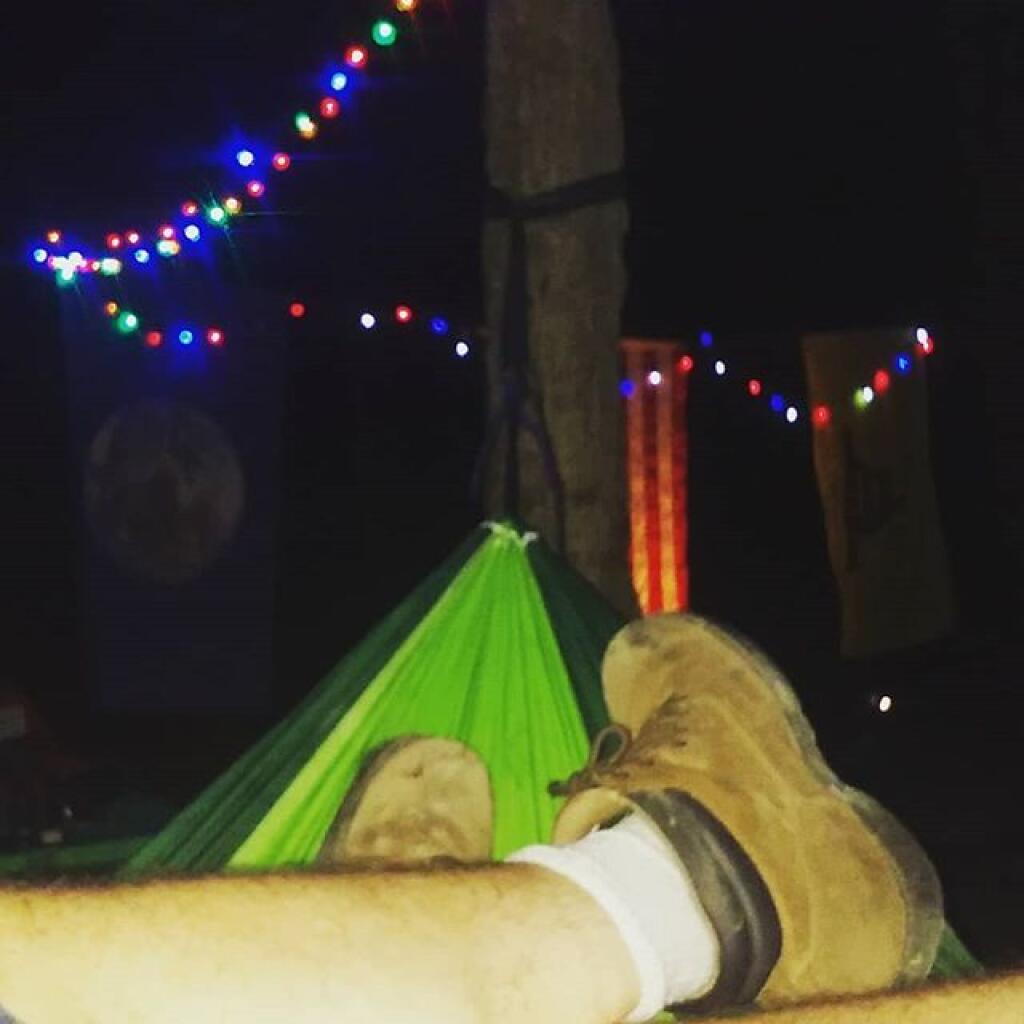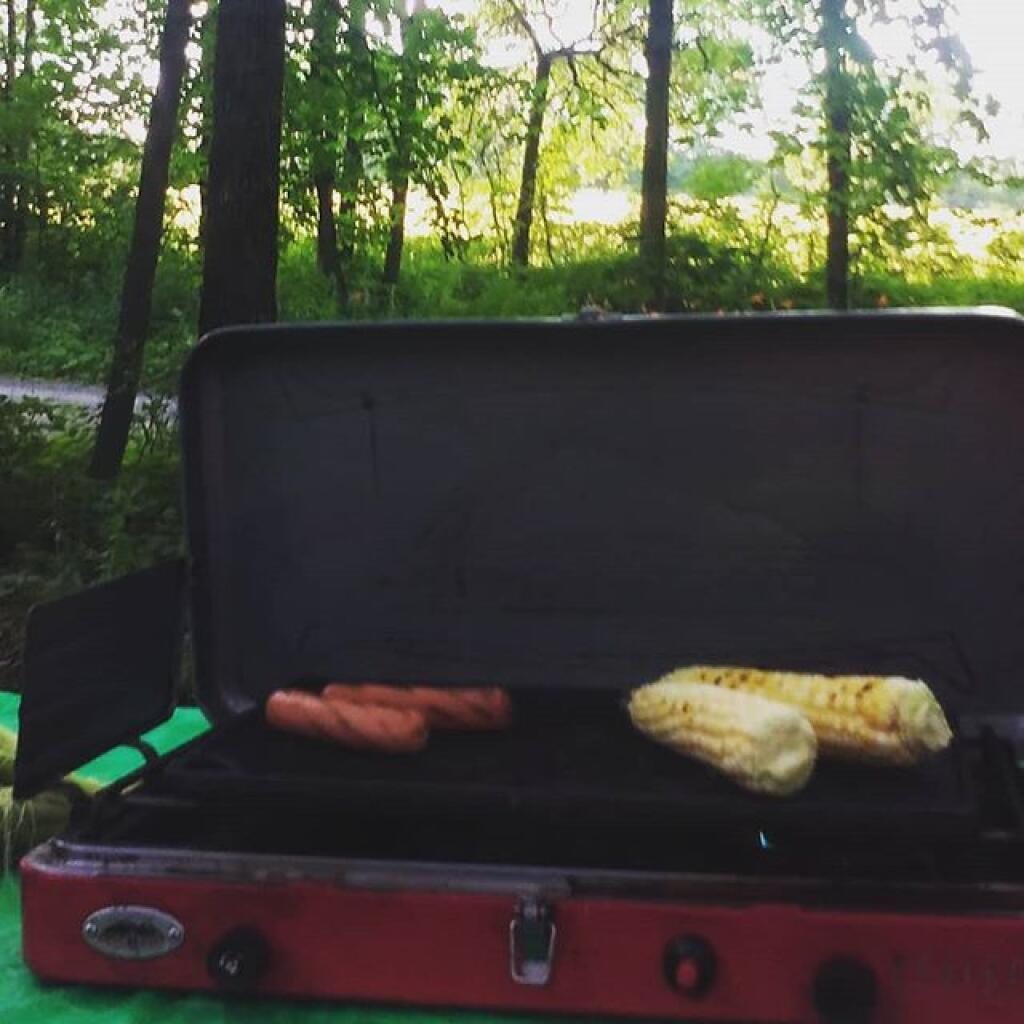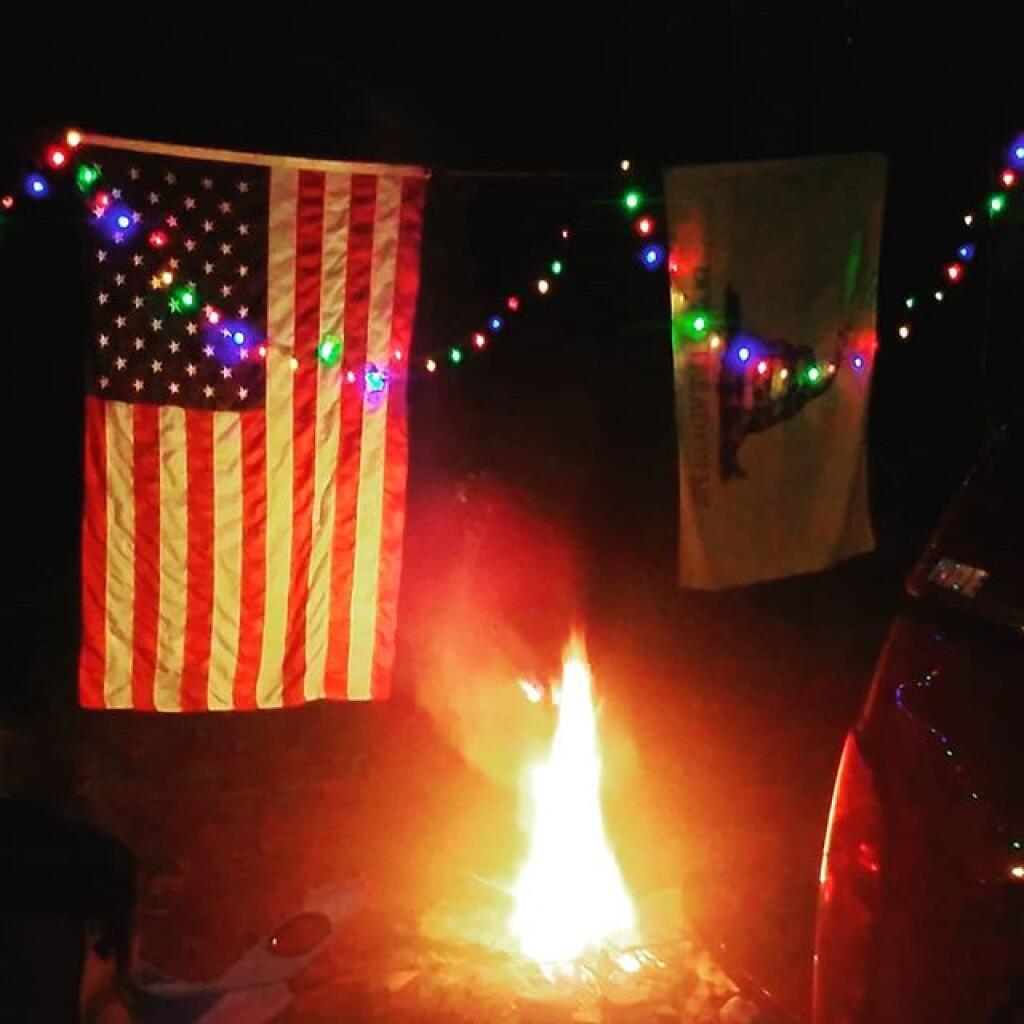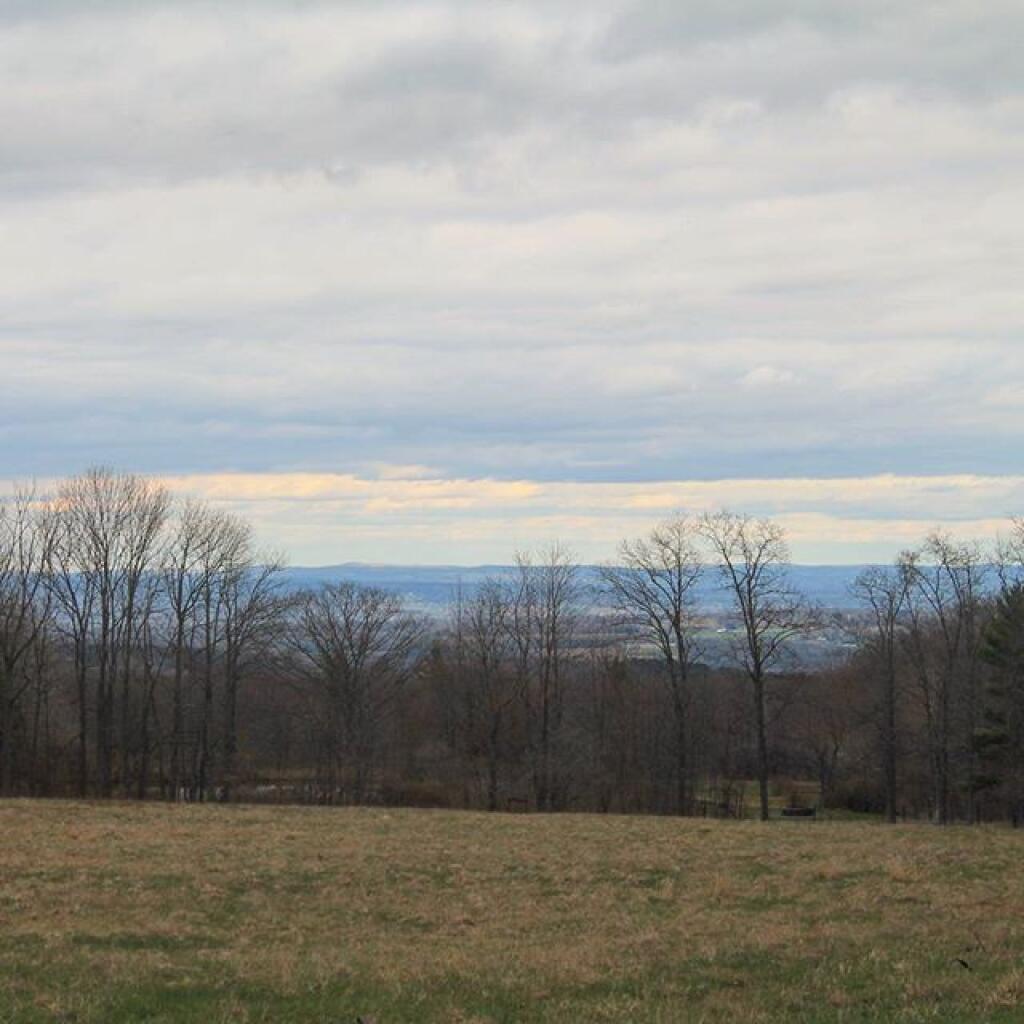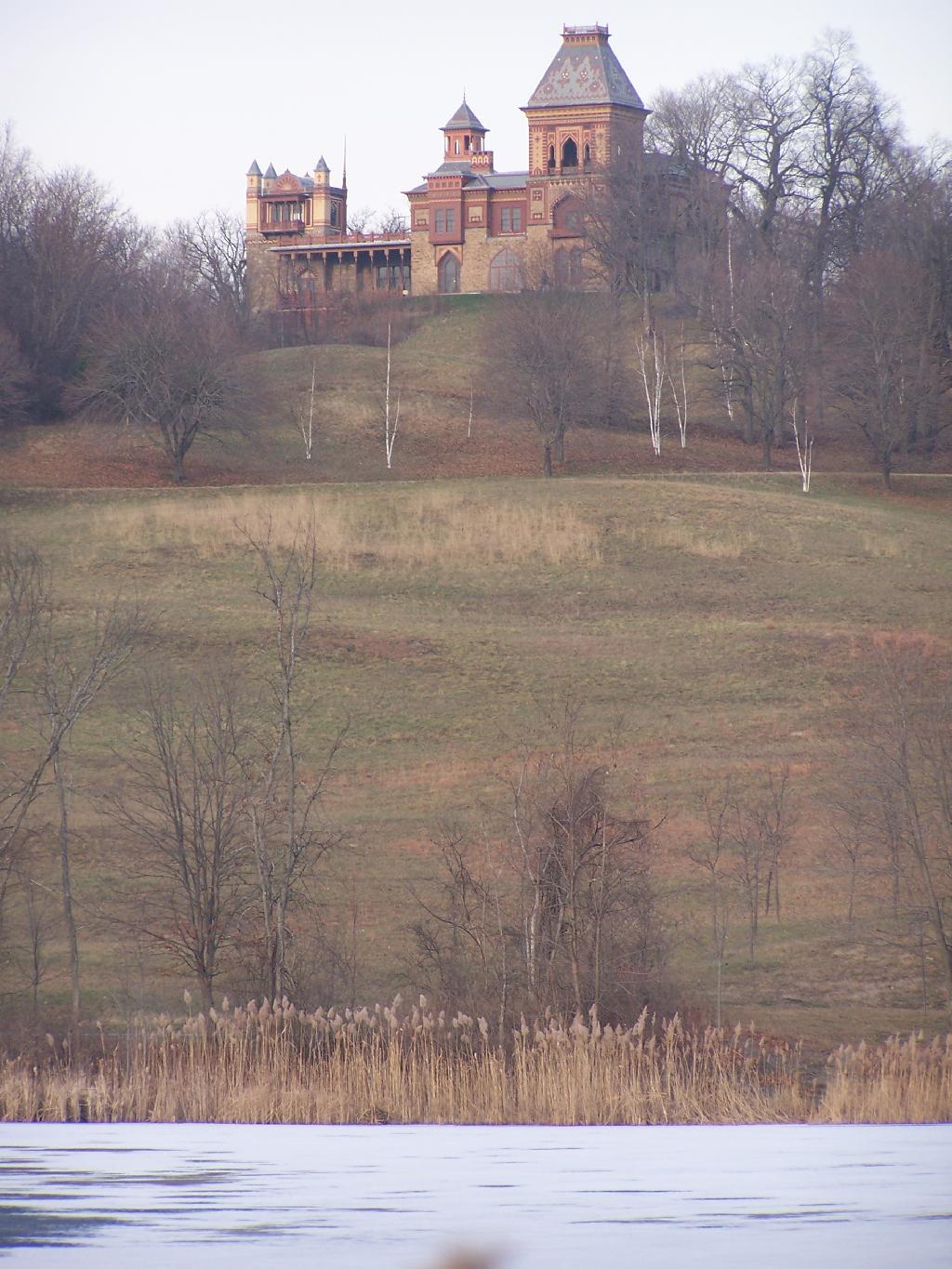Seneca Lake
I’m shocked.I for my favorite campsite on a Saturday night
Dreary and wet evening but still lights are bright
Ballard Pasture
At Chicken Co-Op Road
The end
After this week being so cold and icy, everything now is turning to mud.
After this week being so cold and icy, everything now is turning to mud. The road near the campsite has a section that was all ice a day ago, now it’s turned to a deep mud puddle. Fortunately the other direction doesn’t seem so bad as it’s sloped. While there was six inches of snow here last weekend, the ground never froze below the snow and ice, and now that the weather has gotten well above freezing its all turned to mush. While I was careful to leave Big Red parked on a gravel lot, the once snow and ice covered campsite by tomorrow certainly will be all mud. But I plan to leave pretty early tomorrow and I’ll try to minimize my trips trampling the ground.
